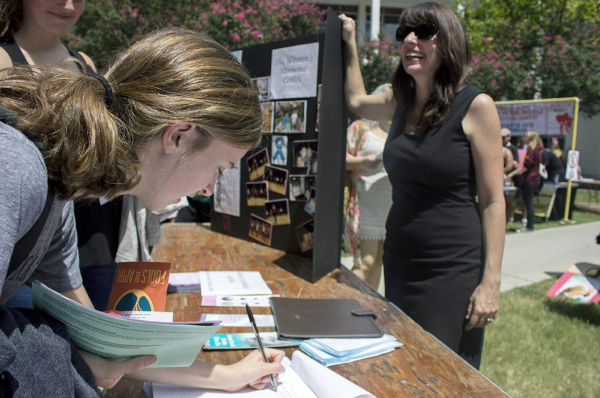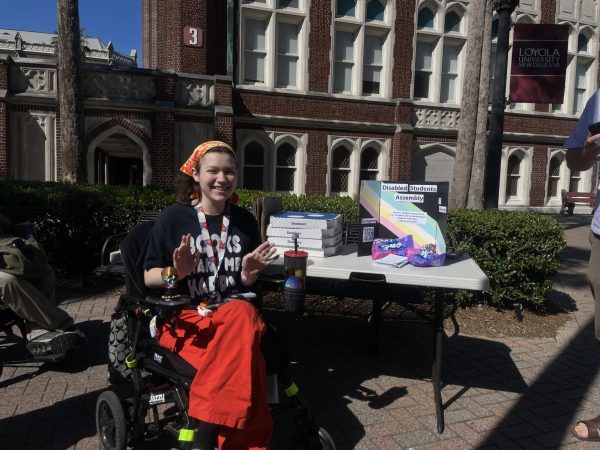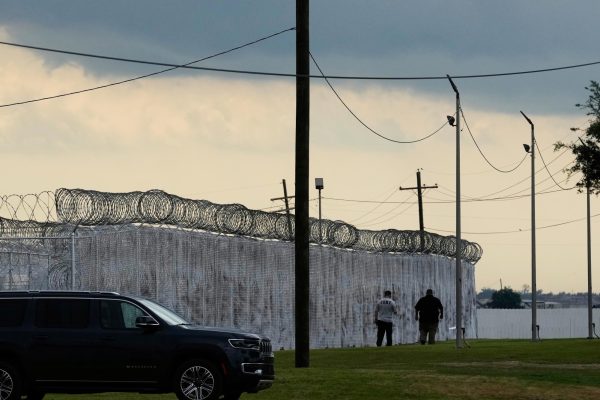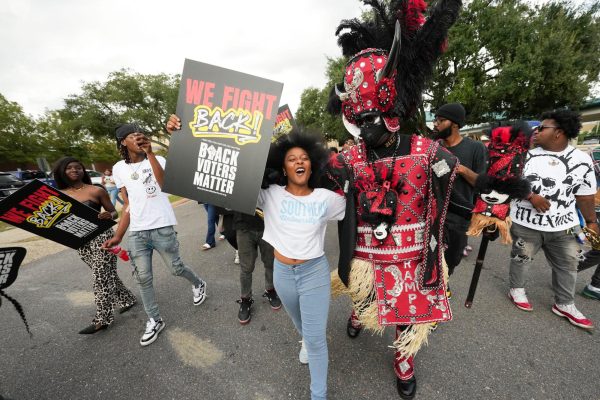Biden’s I-10 plan impacts the Tremé
The Treme neighborhood changed forever in 1966 when the Interstate 10 Claiborne Avenue Expressway emerged, turning a once vibrant, thriving Black community into a shadow of its former self.
The expressway divided families, ruined small businesses, and altered the landscape of the community. More than 50 years later, the effects of the I-10 Claiborne Avenue Expressway are still apparent.
In March, President Joe Biden proposed tearing down the Claiborne Expressway in order to reconnect divided communities.
The federal government strongly incentivized urban freeway construction in the 1950s and covered 90% of the costs, according to Congress for the New Urbanism. Oak trees that lined Claiborne Avenue were uprooted along with 500 homes to prepare for the highway that opened in 1968.
The United States Senate passed a $1 trillion infrastructure bill Aug. 10 that would provide $110 billion to repair highways, bridges, and roads across the country.
In a statement about the bill in July, The White House said that significant portions of the interstate highway system were built through Black neighborhoods.
The statement also said past transportation investments divided communities and left out the people most in need of affordable transportation options.
The White House statement said the deal creates a first-ever program to reconnect communities divided by transportation infrastructure.
“The I-10 destroyed (Treme’s) economic vitality,” said Raynard Sanders, executive director of the Claiborne Avenue History Project.
Sanders said the expressway prevented people from visiting businesses and destroyed homes which resulted in less customers. He said before the construction of the expressway there were about 118 Black-owned businesses along Claiborne Avenue, but today there are about 22 Black-owned businesses.
“By being the first free African American community that produced and contributed to jazz, it really became the genesis of New Orleans culture,” Sanders said.
Alvin Jackson, founder and curator for the Treme Petit Jazz Museum, is a lifelong resident of the Treme neighborhood and has utilized his small business to contribute to its culture for the past five years.
As a small business owner, Jackson said he thinks that the removal of the expressway would have a marginal increase for his business. Jackson said he believes that government funding is the only way for small businesses in the Treme area to flourish.
“Access to money and utilizing government programs would really work,” Jackson said.
Cities that have removed overpasses have seen immediate and overwhelming gentrification in the neighborhood as newly open land becomes available to developers, said Nyree Ramsey, executive director of the Ujamaa Economic Development Corporation, an organization focused on the redevelopment of the Claiborne Corridor, the community along Claiborne Avenue, and surrounding areas.
“We must decrease vulnerability and increase economic security,” Ramsey said.
Ujamaa has been working with the city, state, and federal government to enhance the space under the expressway, and develop economic opportunities for the residents, Ramsey said.
“As we work with our leaders to build up the Cultural Innovation District, address zoning, land use, and capital investments, all must be looked at with an equity lens,” said Ramsey.
The Associated Press contributed to this report.










